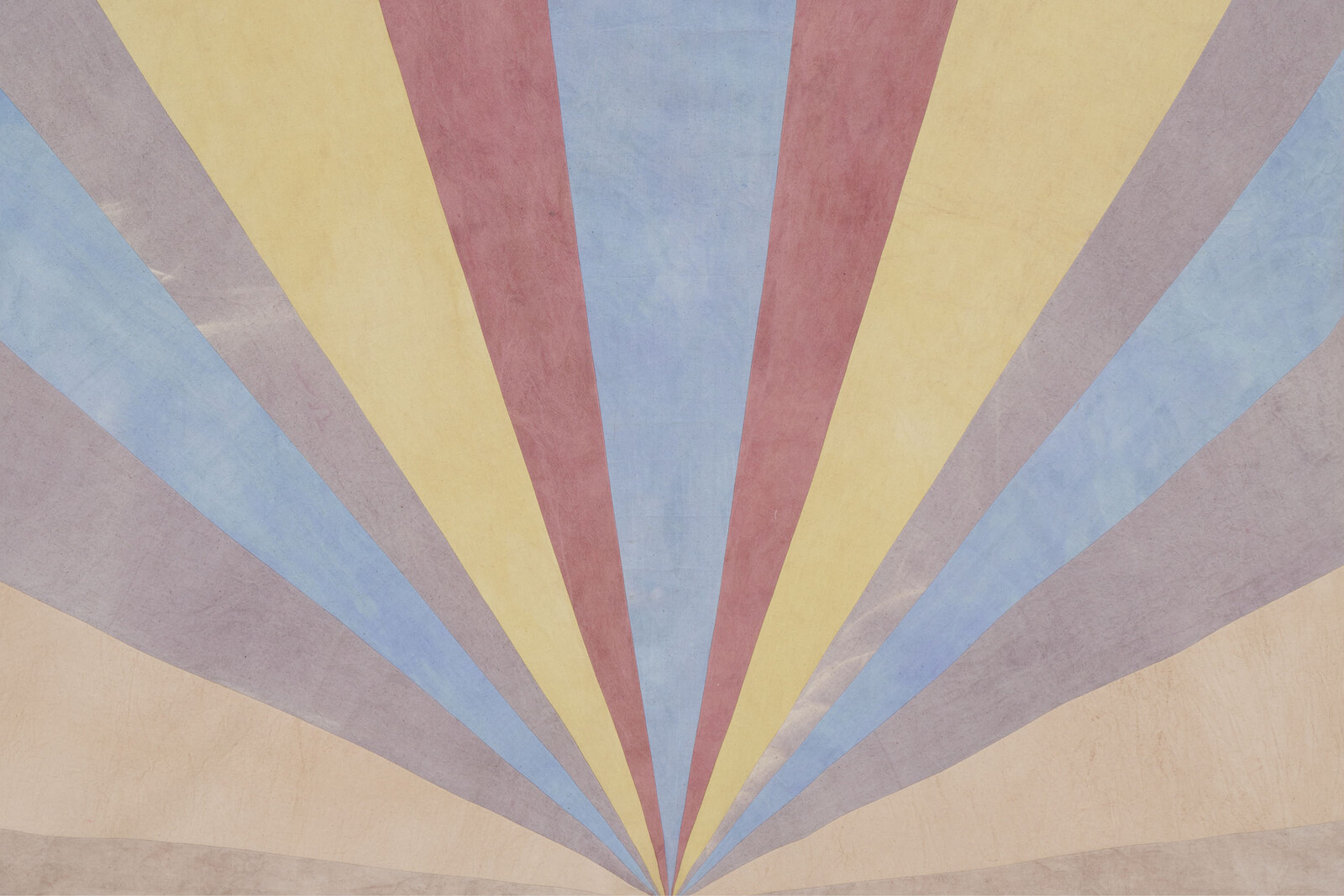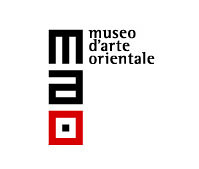Two thousand years of visual and material culture between the Mediterranean and East Asia
October 5, 2023–September 1, 2024
via San Domenico, 11
10122 Torino
Italy
Hours: Tuesday–Sunday 10am–6pm
The exhibition Trad u/i zioni d’Eurasia explores the concepts of cultural translation, transposition and interpretation through a selection of objects from West, Central and East Asia. These objects raise questions about material and immaterial circulation, ways of transforming meaning and use between Asia and Europe across two thousand years of history.
Investigating the migration of ideas, forms, techniques and symbols in an open, inclusive dialogue, the show highlights the osmotic reciprocity between continents and seas, and creates new narratives for visual and material culture that are specific and relative rather than universalising and generic.
Far from wanting to be exhaustive, the objects selected offer alternatives to the euro-centric paradigm of artistic excellence. They reassert the critical role played by Central Asia in the global transmission of ideas and creation. The Mediterranean Sea played a pivotal role in this cross-cultural phenomenon, as an intermediate space and creator of boundaries but also as a phenomenal catalyst of exploration and contact: a liquid frontier where continents converge and artistic expressions and cultural phenomena are constantly reinvented.
The exhibition is divided into thematic sections with a special focus on colour—blue, red and gold—and materiality—ceramics, fabrics, metalworkd, paper and pigments. Visitors will admire splendid silks from the ancient region of Sogdiana, in Central Asia, blue and white ceramics produced between the Persian Gulf and China, a refined selection of Tartar Clothes made of silk and gold in the thirteenth century during the Mongol period between Iran and China, that were prized by the European mediaeval aristocracy and the clergy, rare examples of “tiraz”, textiles embroidered with inscriptions highlighting the importance of calligraphy in the Islamic world, and a series of zoomorphic metal incense burners, reaffirming the centrality of essences in Mediaeval Islamic societies.
The project draws on numerous loans from major Italian collections and institutions, reflecting the presence in Italy of a shared multicultural history: alongside objects from Central Asia in the MAO collection there will be rarely seen textiles, ceramics and miniatures from the Fondazione Bruschettini per l’Arte Islamica e Asiatica, Khorassan metalwork from the Aron Collection and important loans from the Museo Internazionale delle Ceramiche, Faenza, the church of San Domenico, Perugia, the Museo delle Civiltà di Roma, the Galleria Sabauda—Musei Reali and the Palazzo Madama, Turin.
As with MAO’s previous exhibitions, Trad u/i zioni d’Eurasia privileges the dialogue between ancient objects and contemporary works. Transnational artist Yto Barrada (Franco-Moroccan, born in Paris in 1971) will be “subverting” the traditional museum approach. Her site-specific installation will gradually develop over the course of a year, offering new reflections on the colour and materiality of the works on view, inspired by the volume Color Problems: A Practical Manual for the Lay Student of Color by Emily Noyes Vanderpoel (1842–1939). Published in the early twentieth century, the book delves into the relationship of colours combinations derived from objects like Assyrian tiles, Persian rugs, an Egyptian mummy case and even a teacup and saucer.
Yto Barrada’s project is a joint-collaboration with the Fondazione Merz, where the artist will hold a solo exhibition in the autumn of 2024. Yto Barrada is the winner of the fourth edition of the Mario Merz Prize, a biennial award instituted in 2013 with the aim of identifying and supporting individuals in the fields of international contemporary art and music.
The exhibition will also include the works MOSADEGH (2023) by the Iranian artist Shadi Harouni, who uses the written word to connect the history of her country with the universal experience of loss, repression, healing and social activism, and the immersive installation Shimmering Mirage (Black) (2018) by renowed artis Anila Quayyum Agha.
On the occasion of the opening, the MAO presents a performance by Abdullah Miniawy, a concert for voice and field recordings. The event is part of the public program Evolving Soundscapes, curated by Chiara Lee and freddie Murphy.

